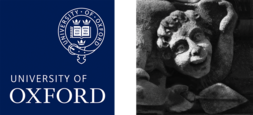We propose a new methodology based on standard statistical processes for displaying and rigorously comparing the alloy composition of archaeological bronze alloys. Although traditional approaches using visual comparisons of histograms of alloying elements in an assemblage of archaeological objects are adequate for observing differences between these distributions, we argue that differences in sample size cannot be adequately accounted for without using a statistical approach. We demonstrate this methodology by comparing the alloy composition of bronzes from the sequence of Bronze Age cultures in Central China-Erlitou, Erligang (Zhengzhou, or early Shang), Anyang (late Shang) and Western Zhou. We suggest that this approach allows the identification and rigorous comparison of 'regional alloying practices', which in turn enables us to link the alloy composition of the objects with the intentions and skills of foundry workers.
Kolmogorov–Smirnov test
,alloys
,Bronze age China
,cumulative frequency analysis
,alloying practice



